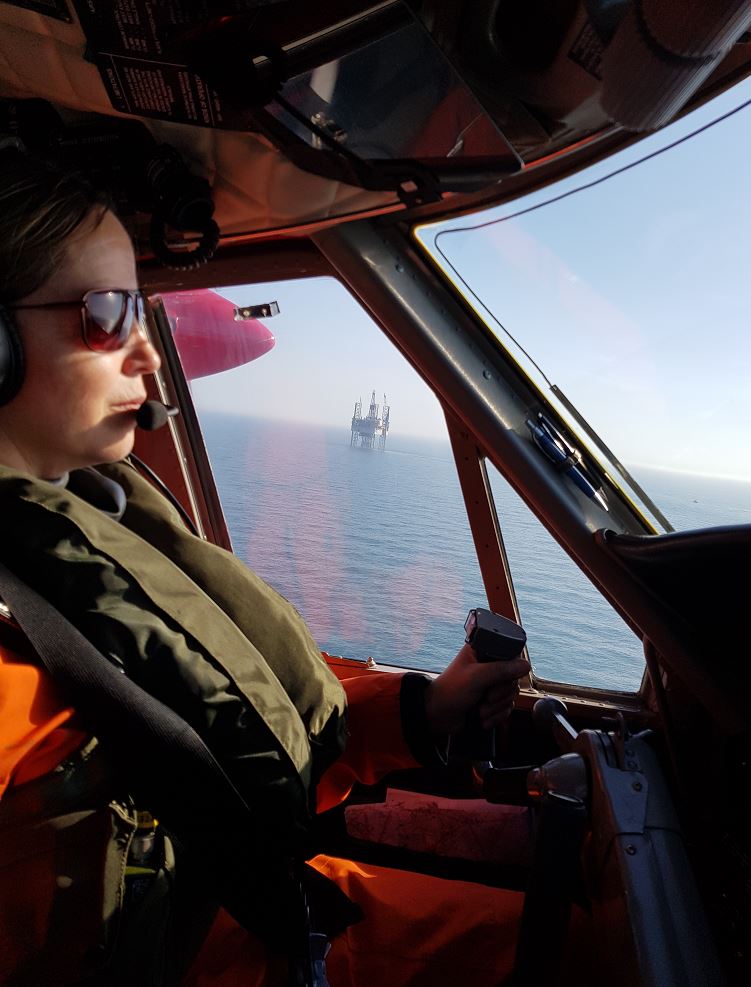Global S&T Development Trend Analysis Platform of Resources and Environment
| Scientists to study methane emissions in North Sea | |
| admin | |
| 2019-04-23 | |
| 发布年 | 2019 |
| 语种 | 英语 |
| 国家 | 英国 |
| 领域 | 资源环境 |
| 正文(英文) | Scientists embark on a three-week flying campaign today (23 April) to study methane emissions from gas fields in the southern North Sea. Using specialised scientific equipment, on board one of British Antarctic Survey’s Twin Otter aircraft, the team will derive the volume of methane emitted from the North Sea gas rigs. They will also collect air samples for further analysis. The data will enable researchers to pinpoint where the emissions are coming from, distinguishing between land-based sources, such as agriculture and waste, and industrial sources that use natural gas. Methane molecules emitted from the natural gas industry have a different chemical signature to those emitted from other sources. Measuring the relative proportions of each of these types of molecules – known as isotopes – allows the source to be determined.  Methane is a powerful greenhouse gas and gas fields are a major source of emissions. Developing reliable methods to locate and quantify emissions is crucial for informing policymakers and industry regulations. Establishing procedures to monitor emissions from activities such as natural gas extraction will help scientists produce a more accurate record of global methane emissions from industrial activities. By understanding how much of this powerful greenhouse gas is being emitted into the atmosphere at present, researchers can provide better estimates of future emission levels. This will inform global climate models and increase the reliability of future climate change predictions. Project co-ordinator Dr Dave Lowry from Royal Holloway University says:
The campaign involves 22 hours of flying on pre-determined paths across the southern North Sea. During each flight, the specialist instrumentation will gather data on the chemistry and structure of the atmosphere. The scientists aim to examine four key areas in the southern North Sea. Dr Anna Jones, atmospheric scientist from British Antarctic Survey, says
The work is part of the Climate and Clean Air Coalition (CCAC) Oil and Gas Methane Science Studies. The studies are managed by United Nations Environment Programme in collaboration with the Chief Scientist Steven Hamburg of the Environmental Defence Fund. Find out more about the project here. |
| URL | 查看原文 |
| 来源平台 | British Antarctic Survey |
| 文献类型 | 新闻 |
| 条目标识符 | http://119.78.100.173/C666/handle/2XK7JSWQ/233714 |
| 专题 | 资源环境科学 |
| 推荐引用方式 GB/T 7714 | admin. Scientists to study methane emissions in North Sea. 2019. |
| 条目包含的文件 | 条目无相关文件。 | |||||
| 个性服务 |
| 推荐该条目 |
| 保存到收藏夹 |
| 查看访问统计 |
| 导出为Endnote文件 |
| 谷歌学术 |
| 谷歌学术中相似的文章 |
| [admin]的文章 |
| 百度学术 |
| 百度学术中相似的文章 |
| [admin]的文章 |
| 必应学术 |
| 必应学术中相似的文章 |
| [admin]的文章 |
| 相关权益政策 |
| 暂无数据 |
| 收藏/分享 |
除非特别说明,本系统中所有内容都受版权保护,并保留所有权利。
修改评论